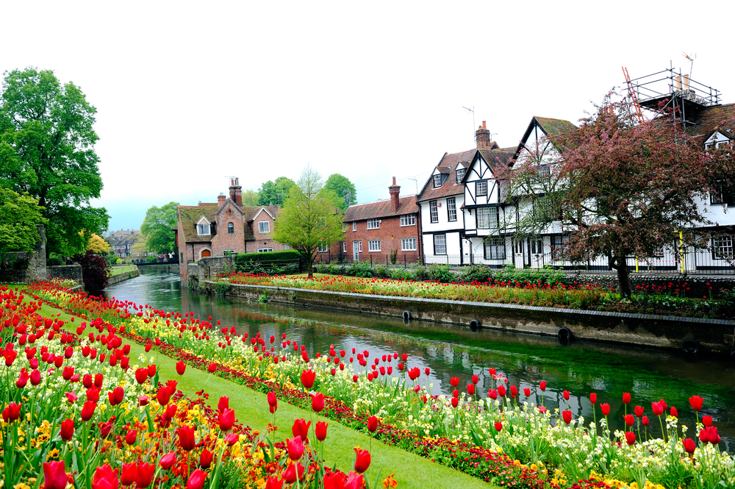You don’t have to travel far in Britain before discovering an area of outstanding natural beauty. If you’re thinking of escaping your arduous morning commute, the city smog and your claustrophobic, dull apartment in favour of fresh air, quaint cottages and scenic views; our guide featuring the prettiest places to live, explores the relative merits of each area.
Cotswolds
As noted on cotswolds.com, ‘Defined by its rolling hills, or ‘wolds’, this glorious region runs through five counties – Gloucestershire, Oxfordshire, Warwickshire, Wiltshire and Worcestershire – and offers a host of activities and attractions. In all seasons, too!’ The Cotswolds also boasts ‘quintessential villages of honey-coloured stone’
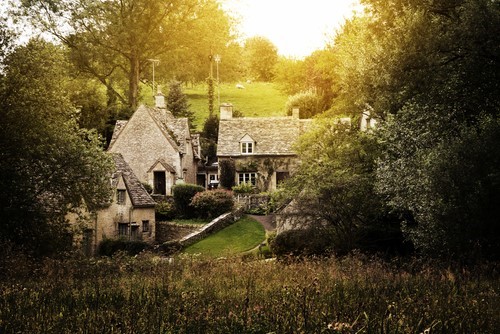
Image: Credit to Kanuman / shutterstock.com
History: According to cotswolds.com, ‘Centuries ago the Cotswolds was made wealthy by the wool trade, and the results of that wealth can be seen in the many fine manor houses and churches throughout the area. The county is rich in Neolithic remains with about 80 long barrows of the Cotswold-Severn type.’
‘Two main Roman roads, Ermin Street and the Fosse Way, crossed Gloucestershire and many miles are still in use today. Gloucester and Cirencester were the first Roman administrative centres in the county and this is still reflected in their present day street plans.’
Traditional Cuisine: Bilbury trout, Gloucester cheese (single or double), five counties cheese, Gloucester Old Spot pork, Hobbs House bread, Stinking Bishop cheese, and Tewkesbury mustard.
Activities: As noted on cotswolds.com, ‘Thrill-seekers won’t be short of something to do – whether it’s surfing the phenomenon of the Severn Bore inland wave, experiencing the exhilaration of riding or boarding at Stroud’s Rush Skate park or enjoying a bird’s eye view of the countryside from a hot air balloon.’
Entertainment: Castles, churches, country houses, Gloucestershire cheese rolling, market towns, museums, palaces, The Cotswolds Heritage Steam Railway, The Cotswold Stone Model Village, and Wildlife parks.
Areas of outstanding natural beauty: Bibury, Bourton-on-the-Water, Castle Combe, Chipping Campden, Northleach, and Westonbirt Arboretum.
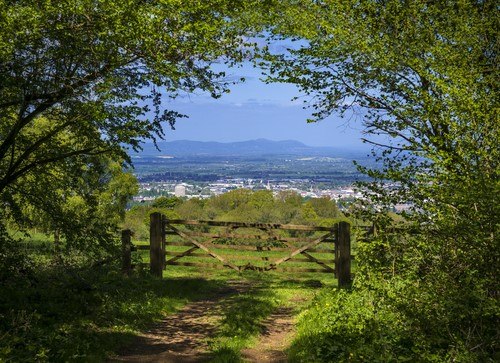
Image: Credit to allou / shutterstock.com
Lake District
The Lake District provides many scenic walks through mountains, around shimmering tarns and of course, their famous Lakes. Quaint stone and slate cottages with the iconic stone-stacked walls and five-bar gates are visually stunning.
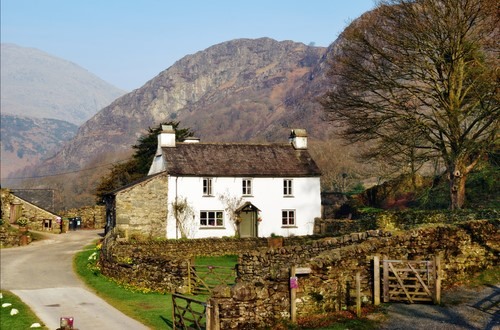
Image: Credit to Kevin Eaves / shutterstock.com
History: The Lake District has strong ties with coal mining (which lead to prosperous steam railways), sheep farming, slate and graphite mining (allowing for the manufacturing of pencils), and tourism. The area was further known for its famous poets – visitors can still enjoy attractions such as Wordsworth’s Dove Cottage.
Traditional Cuisine: Cartmel Sticky Toffee Pudding, Cumberland sausage, damsons, Grasmere gingerbread, Herdwick lamb, Kendal Mint Cake, Rum butter, Whitehaven Rum.
Activities: Kayaking, canoeing, sailing, windsurfing, paddle boarding, horse riding, cycling, climbing, off-road driving
Entertainment: Museums, Castles, Chocolate houses, art galleries, country gardens, water mills, boat tours, Conishead Priory & Buddhist Temple, The World of Beattrix Potter Attraction, Ravenglass & Eskdale Railway.
Areas of outstanding natural beauty: Buttermere, Castlerigg Stone Circle, Catbells Lakeland Walk, Coniston Water, Derwentwater, Easedale Tarn, Lake Windermere, Orrest Head, Tarn Hows.
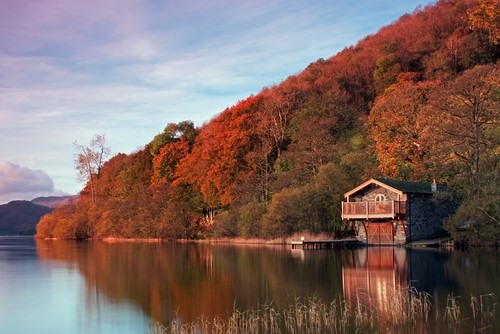
Image: Credit to ATGImages / shutterstock.com
Devon
With its golden coastlines and quaint fishing villages, Devon offers surfers, walkers and holiday-makers a picture-perfect setting in which to unwind, relax and enjoy the area’s local delicacies. Whether you are seeking the picturesque cliff-side views and ambient sound of crashing waves, or if you are looking for a more adrenaline-filled activity riding the foaming surf; there is something here for all to enjoy.
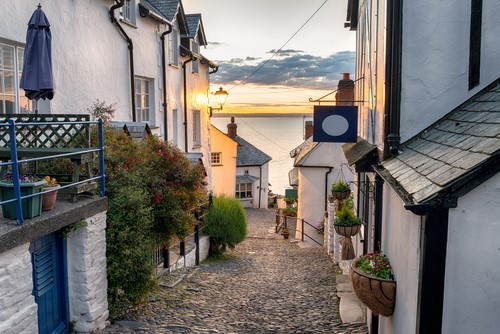
Image: Credit to Helen Hotson / shutterstock.com
History: A large portion of Devon’s trade originally came from maritime disciplines. The construction of ships was popular. Ports and harbours allowed for the shipping of trade goods, which could be further transported by various canals navigation. Smuggling was not uncommon.
As cited on visitdevon.co.uk, ‘Devon homes the youngest castle in England, Castle Drogo, which is full of interesting architecture and surrounded by beautiful walks.’ In more recent years, ‘The Hound of the Baskervilles, written by Arthur Conan Doyle, was set on Dartmoor. Dartmoor’s rolling landscape also provided the setting for Michael Murpurgo’s epic story of Warhorse, which was made into a feature film directed by Stephen Spielberg.’
Traditional Cuisine: Fish and chips, ice cream, clotted cream fudge, cream teas, pasty, white pudding (Hog’s pudding), Ambrosia creamery – custard and creamed rice puddings.
Activities: Water sports, surfing, coasteering, pony treks, cycling, mountain biking, bird-watching, cooking classes and kite flying
Entertainment: Art galleries, food, drink and music festivals,
Areas of outstanding natural beauty: Blackdown Hills, Hartland Quay, Kingsbridge Estuary, Blackpool Sands, Sequer’s Bridge, Tamar Valley, Quantock Hills.
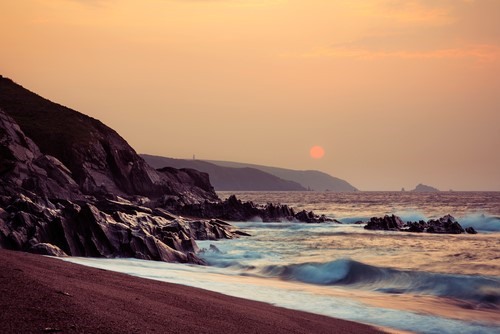
Image: Credit to antb / shutterstock.com
New Forest
The wild New Forest ponies, who reside in the National Park attract visitors in the thousands every year. Families and experienced walkers enjoy navigating the stunning natural tracks through the unspoilt woodland. Witness the beauty of each season from the frosty, misty mornings over the moors to the autumnal colours displayed in full glory within the dense woodland.
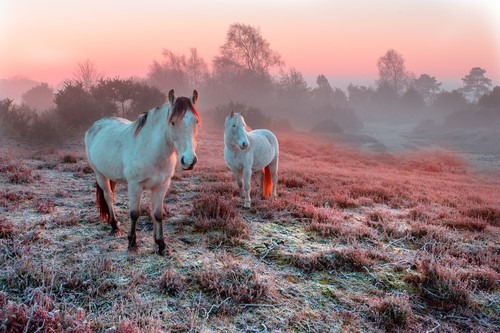
Image: Credit to David R Thompson / shutterstock.com
History: As noted on thenewforest.co.uk, ‘There can be few other places in England where the ancient landscape has remained so unchanged. In 1079 when William The Conqueror named the area his ‘new hunting forest’, little could he imagine that nearly 1000 years later his ‘Nova Foresta’ would still retain its mystery and romance.’
Traditional Cuisine: Beef, cider, fresh crab’s, honey, mushrooms, pork, sausages, sole and venison.
Activities: Horse riding, golf, cycling, walking, windsurfing, water sports and sailing.
Entertainment: Motor museums, raptor centre, country gardens, spa days, and wildlife parks, picnics.
Areas of outstanding natural beauty: New Forest National Park, Moors Valley Country Park, Exbury Gardens, Buckler’s Hard, Bolderwood Deer Sanctuary, Furzey Gardens, Lepe Country Park, Hatchet Pond near Beaulieu.
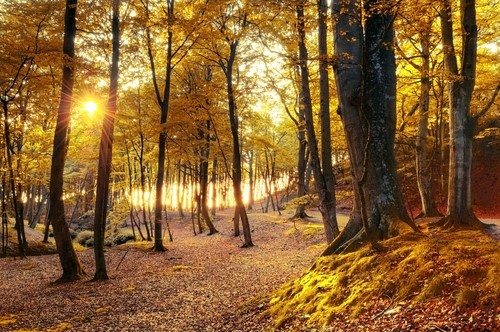
Image: Credit to Milosz Aniol / shutterstock.com
Wales
Wales is home to copious castles which stand intact, and are open to visitors. Working mills, barges navigating the breath-taking Pontcysyllte Aqueduct and old fashioned steam trains tracking up Mount Snowdon all add to the quaint character Wales projects. With luscious greenery, rolling hills and snow-capped mountains; there are few areas that can rival the beauty of the Welsh countryside.
![]()
Image: Credit to Chris Goddard / shutterstock.com
History: Wales has a detailed and intricate history. As noted on visitwales.com, ‘The roar of industry is a key part of any telling of the history of Wales. From valleys producing lucrative supplies of limestone and ore during the Industrial Revolution to the peak of coal mining little more than a century ago, it’s an immense part of the country’s past which will never be forgotten.’
Traditional Cuisine: Welsh lamb, cheeses (Caerphilly, Tintern, Y Fenni, Black Bomber, Perl Las), Leeks, Traditional Welsh Breakfast (Bacon, eggs, laverbread and cockles), Welsh cakes, Welsh rarebit, Bara brith, Cawl.
Activities: Horse riding, coasteering, surfing, white-water rafting, Zip World (zip-wiring) and pottery classes.
Entertainment: Steam trains, slate mines, castles, Pontcycsllte Aqueduct, ancient monuments, museums, Snowdon, The Legend of Beddgelert, St David’s Day Parades, Aquariums, butterfly hot-houses and glass blowing.
Areas of outstanding natural beauty: Anglesey, Brecon Beacons, Clwydian Range, Llŷn, Gower.
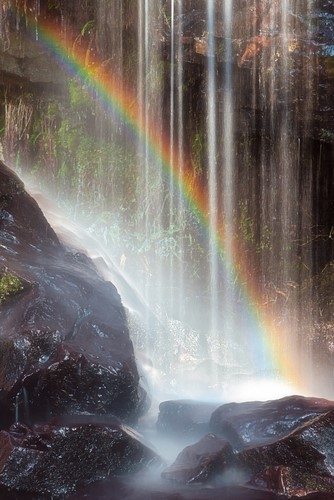
Image: Credit to Chris Goddard / shutterstock.com
Feature Image: Vicky Jirayu/Shutterstock




